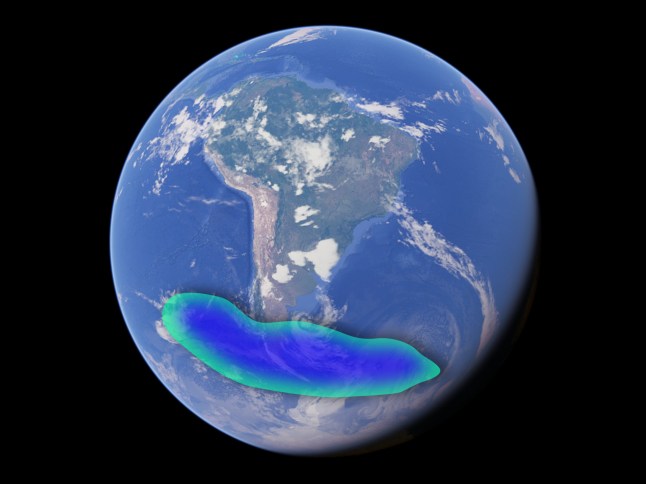
New photos of Neptune’s glowing auroras are the most detailed ever captured by NASA’s James Webb Space Telescope – but has also left astronomers with more questions.
Auroras can happen on any planet, and occur when electrically charged particles from space enter and collide with molecules in the atmosphere, creating a series of reactions that emit light.
On Earth, auroras tend to occur near the polar regions, producing spectacular northern and southern lights.
But on Neptune, the auroras are in very different areas. Hints of auroras were first faintly detected in ultraviolet light when the Voyager 2 spacecraft flew past Neptune in 1989.
Now, the Webb telescope has captured Neptune’s shimmering lights in infrared light, providing direct evidence they exist.
‘Neptune has always been elusive,’ University of Reading planetary scientist James O’Donoghue, co-author of the new study, told Metro.
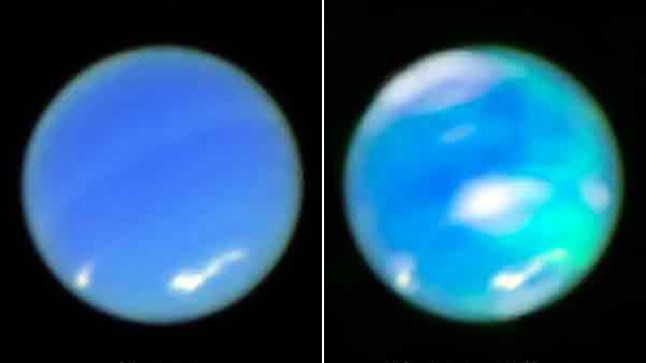
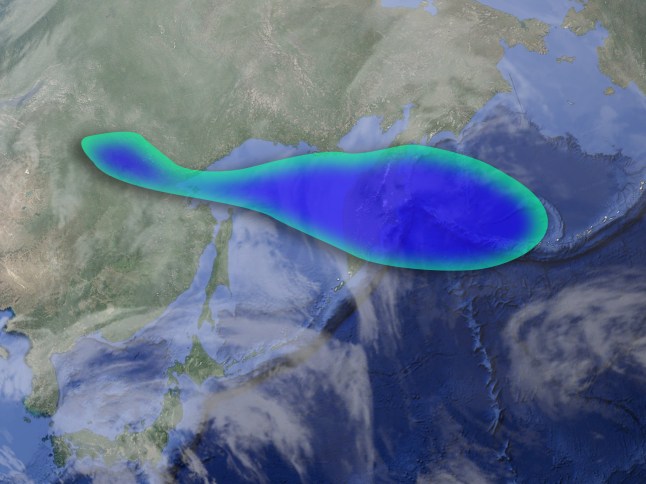
‘If you were to overlay where Neptune’s Aurora occurs on the Earth, the southern aurora would fall just over Argentina and the northern Aurora would fall north of Japan,’ he added.
‘To see the auroras on Earth, we typically try to go as high a latitude as possible close to the poles, whereas if we had near Aurora, like Neptune, we would be rushing over to Argentina and the north of Japan.’
Dr O’Donoghue also told Metro that after taking a photograph of Neptune’s aurora, scientists also found that Neptune cooled down a great deal more than they expected.
‘Based on observations taken by Voyager in the 1980s, the upper atmosphere was around 750 Kelvin (476.85C). But we measured it to be at 370 Kelvin (96C), which doesn’t sound like a large numerical difference, but it is,’ he explained.
‘The thing that fascinates me is the amount of light we see from the Aurora on Neptune mostly depends on temperature – so the fact that it’s cooled down that much does explain why we haven’t been able to see it with anything until now.’
‘We’ve used the world’s biggest telescopes over the last two decades to years to try and find this aurora, and we did not manage to find it until now.
‘It was a long-running saga, but what excites me is trying to figure out what it is that makes temperature change in the upper atmosphere of Neptune,’ he said.
Dr O’Donoghue added: ‘Temperature mysteries are everywhere in this field – I mainly look at Jupiter, Saturn, Neptune and Uranus. It may be seasonal variations in the upper atmosphere temperatures, but it’s a very big mystery.’
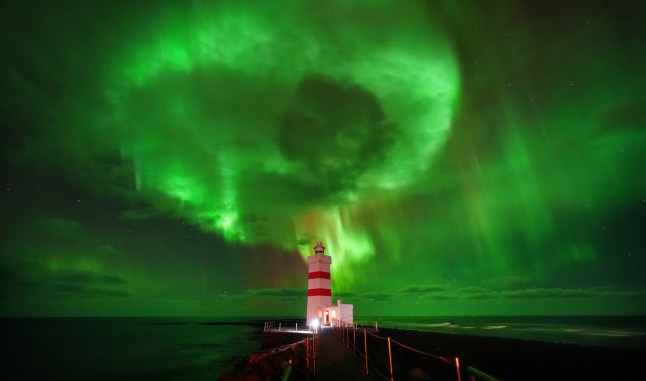
Scientists have studied auroras on Saturn and Jupiter for decades, but Neptune, the farthest planet from the sun, has been harder to see up close.
Its auroras ‘had only been seen by Voyager, and we’ve been trying to see it again ever since’.
Neptune’s auroras occur near the mid-latitudes of the planet, not the polar regions, because of differences in its magnetic field, Mr O’Donoghue said.
The researchers also revealed that Neptune’s atmosphere has cooled significantly since the 1980s, which may have dimmed the light of the auroras.
If you’re looking for some spectacular stargazing this week, you may not be able to see Neptune’s auroras, but you could see the Earth’s.
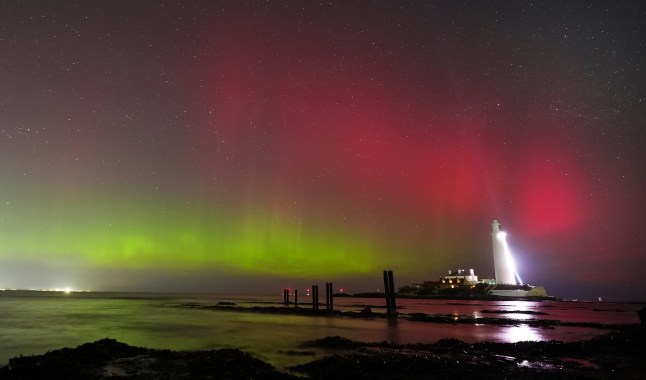
The Northern Lights will transform the typically gloomy skies above the UK with streaks of pink, purple and green this week.
The night sky phenomenon, or aurora borealis, are flashes of colour that mainly appear in the northernmost regions of the planet, like Canada.
But a geomagnetic storm that has raged for months has made this celestial fireworks display visible further south – even in London.
The Met Office says a burst of solar activity means the aurora will dance above northern Scotland.
On the weather agency’s ‘space weather’ forecast (yes, really), it says: ‘There is a chance of aurora sightings at times across northern Scotland this week, given clear night-time skies, with a slight chance of sightings across Southern Scotland and similar latitudes.’
Enjoy those starry skies!
Get in touch with our news team by emailing us at webnews@metro.co.uk.
For more stories like this, check our news page.


